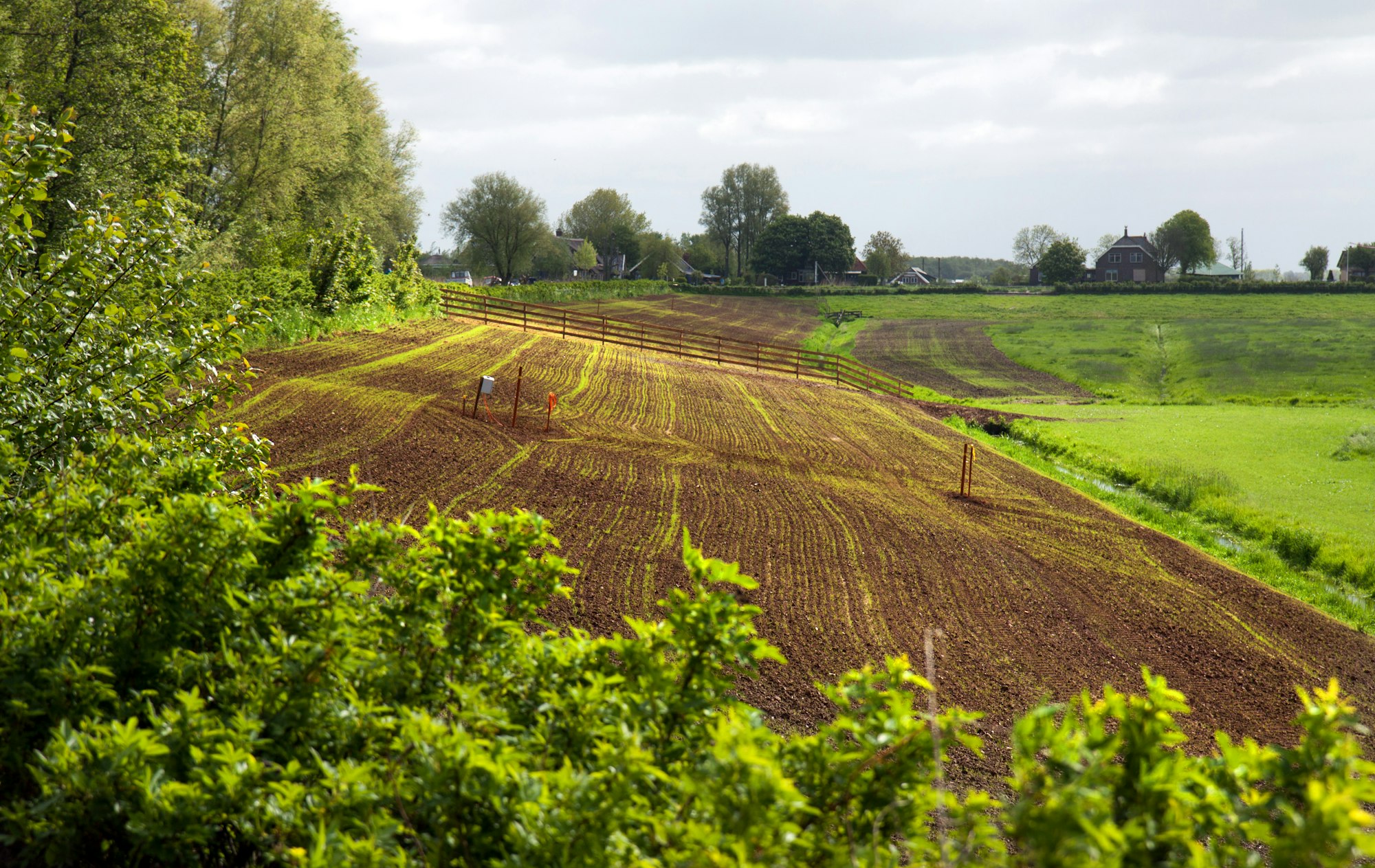Purchasing property in the UK can be an exciting venture; however, understanding subsidence risk is vital for protecting your investment. Subsidence can lead to significant structural damage and costly repairs. This guide provides essential strategies for evaluating subsidence risk effectively—empowering you to make informed decisions. Learn how to identify red flags in property listings, seek expert advice, and implement mitigation strategies to safeguard your future home. Equip yourself with the knowledge to navigate this complex terrain confidently.
Understanding Subsidence in the UK
Subsidence is a geological phenomenon where the ground beneath a structure sinks, causing potential damage to buildings. In the UK, subsidence causes significant concern due to the unique geological and climatic conditions.
Cela peut vous intéresser : What are the most cost-effective ways for UK landlords to comply with new energy efficiency regulations?
Types of Subsidence
There are various types of subsidence, primarily categorized into natural and man-made causes. Natural subsidence often results from soil composition, with clay-heavy soils being particularly prone to shrinking and swelling. Man-made subsidence, on the other hand, may arise from activities such as mining or water extraction.
Common Causes of Subsidence in the UK
In the UK, subsidence causes include the presence of clay soils, which are prevalent in many regions. These soils expand and contract with moisture changes, leading to ground movement. Additionally, tree roots can exacerbate subsidence by drawing moisture from the soil, causing it to contract further.
A lire aussi : How can UK homeowners effectively dispute council tax bands for property revaluation?
Impact of Climate Change on Subsidence Trends
Climate change is influencing UK property risks by exacerbating subsidence issues. With increasing temperatures and unpredictable rainfall patterns, the frequency and severity of subsidence incidents are rising. Prolonged dry spells can lead to significant soil shrinkage, while intense rainfall may cause rapid soil expansion, both contributing to structural damage.
Identifying Signs of Subsidence
Detecting signs of subsidence early is essential for preserving the integrity of any structure. Recognising these indicators can prevent further damage and costly repairs.
Physical Indicators of Subsidence
Look for physical indicators such as cracks in walls, especially around doors and windows, which may widen over time. Doors and windows that jam or stick can also signal underlying issues. Uneven floors, or gaps between skirting boards and walls, are additional red flags. These symptoms often point to ground movement affecting the building's foundation.
Red Flags During Property Viewings
When evaluating a property, be vigilant for signs of subsidence. Examine the exterior for cracks in the brickwork or masonry, which may indicate structural stress. Inside, check for misaligned doors and windows or sloping floors. These issues could suggest property instability and should prompt further investigation.
Importance of Professional Inspections
A professional inspection is crucial for an accurate property evaluation. Surveyors can assess the severity of subsidence and recommend appropriate solutions. They provide a detailed report, ensuring you have a comprehensive understanding of the property’s condition. Investing in a professional evaluation can save significant time and money in the long run.
Methods for Assessing Subsidence Risk
Understanding and evaluating subsidence risk is crucial for maintaining property integrity. Employing a combination of historical data, local geological surveys, and expert insights can provide a comprehensive subsidence risk assessment.
Utilizing Historical Data and Local Geological Surveys
To begin, examine historical data on subsidence incidents in your area. This information can highlight patterns and areas of concern. Local geological surveys offer insights into soil composition and stability, which are vital for assessing potential risks. These surveys help identify whether your property is in a high-risk zone for subsidence.
Engaging Surveyors and Property Experts
Hiring a professional surveyor is a proactive step in property evaluation. Surveyors use advanced tools and techniques to assess the ground's stability and the building's structural integrity. They can identify subtle signs of subsidence that might be missed by an untrained eye. Engaging with property experts ensures a thorough and reliable assessment.
Checklist for Assessing Subsidence Risk
- Review historical subsidence data for your area.
- Obtain local geological survey reports.
- Schedule a professional surveyor inspection.
- Evaluate soil composition and moisture levels.
- Check for existing structural issues or signs of ground movement.
These steps form a robust approach to understanding and mitigating subsidence risks.
Mitigation Strategies for Subsidence
Addressing subsidence mitigation involves several strategic approaches to protect and stabilise properties.
Engineering Solutions for Affected Properties
Engineering solutions play a crucial role in subsidence mitigation. Underpinning is a common technique, involving strengthening the foundation by extending it to a more stable layer of soil. Another method is piling, where deep foundations are driven into the ground to support the structure. These solutions are tailored to the specific needs of the property, ensuring long-term stability.
Landscaping and Drainage Improvements
Improving landscaping and drainage can significantly reduce subsidence risks. Ensuring proper drainage prevents excess water from saturating the soil, which can lead to ground movement. Planting trees and shrubs at a safe distance from buildings can also mitigate the impact of root systems on soil moisture levels. These measures help maintain the soil's stability around the property.
Insurance Options for Subsidence Coverage
Having comprehensive insurance coverage is vital for managing potential subsidence costs. Many insurers offer policies specifically covering subsidence mitigation. These policies can cover repair costs and provide peace of mind. It is essential to review and understand the terms of subsidence coverage to ensure adequate protection for your property.
Case Studies of Subsidence Issues
Exploring subsidence case studies provides valuable insights into the property impacts and successful mitigation strategies. In the UK, real-life examples highlight the challenges and solutions faced by homeowners.
Real-Life Examples of Subsidence
One notable case involved a Victorian terrace in London, where clay soil shrinkage caused significant structural damage. Cracks appeared in walls, and doors jammed, prompting urgent repairs. Another example is from a suburban area in Birmingham, where tree roots exacerbated subsidence, leading to uneven floors and misaligned windows.
Lessons Learned from Past Subsidence Cases
From these cases, it is evident that early detection and intervention are crucial. Regular monitoring of soil moisture levels and professional inspections can prevent extensive damage. Additionally, understanding local geological conditions helps in anticipating potential issues and planning accordingly.
Success Stories of Effective Mitigation
Successful mitigation often involves a combination of engineering solutions and preventive measures. In one case, underpinning and improved drainage significantly stabilised a property in Manchester. Another success story is from a property in Bristol, where strategic landscaping reduced the risk of further subsidence. These examples underscore the importance of tailored solutions and proactive management in addressing subsidence challenges.
Resources for Prospective Buyers
Navigating the complexities of property purchase, especially when considering subsidence risks, requires access to reliable property buying resources. Prospective buyers should start by consulting recommended organisations and websites that specialise in subsidence information. The British Geological Survey offers detailed geological maps and reports, essential for understanding local soil conditions. Additionally, the Royal Institution of Chartered Surveyors (RICS) provides guidance on property evaluations and subsidence assessments.
Engaging professional services is crucial for an accurate understanding of a property's condition. Chartered surveyors, especially those accredited by RICS, can conduct thorough subsidence evaluations, identifying potential risks and advising on necessary precautions. Their expertise ensures that buyers receive a comprehensive assessment, aiding in informed decision-making.
Government resources also play a vital role in this process. The UK government provides guidelines and information on subsidence through its official websites. These resources include advice on managing subsidence risks and understanding insurance implications. Buyers are encouraged to utilise these governmental tools to gain a clearer picture of potential challenges and necessary steps for mitigation. By leveraging these resources, prospective buyers can approach property purchases with confidence and awareness.
Expert Tips for Property Buyers
When considering a property purchase, being equipped with the right property buying tips can make a significant difference, especially regarding subsidence awareness. Begin by asking sellers specific questions about any history of subsidence issues. Inquire about past repairs, insurance claims, and if any subsidence monitoring systems are in place. This information can reveal potential risks and necessary precautions.
Long-term monitoring and maintenance are crucial. Implementing regular checks on soil moisture levels and structural integrity ensures early detection of subsidence. Consistent upkeep not only preserves property value but also minimises the risk of costly repairs.
Building a relationship with local experts and contractors is invaluable. Engaging with professionals who understand the local geology and climate can provide insights into proactive measures. Their expertise aids in identifying early signs of subsidence and recommending effective solutions.
- Questions to ask sellers:
- Have there been any subsidence issues or repairs?
- Is there a history of insurance claims related to subsidence?
- Are there any monitoring systems in place?
By following these property buying tips and fostering a network of knowledgeable professionals, you can ensure a more informed and secure property purchase.






